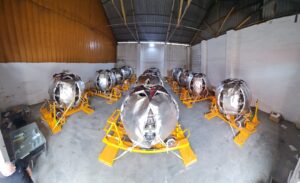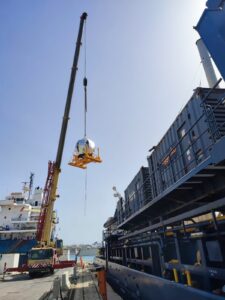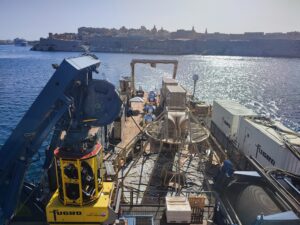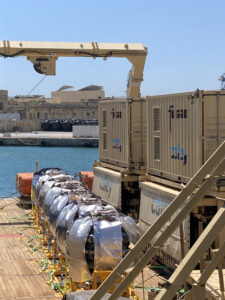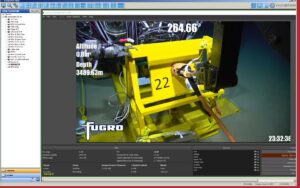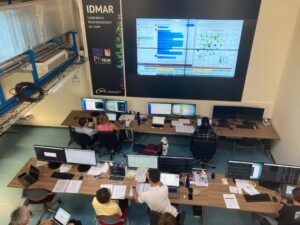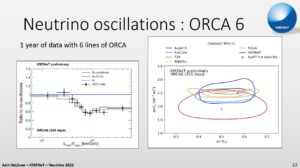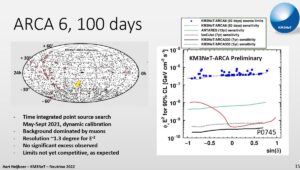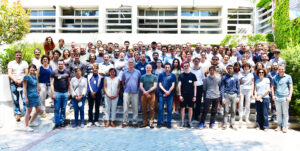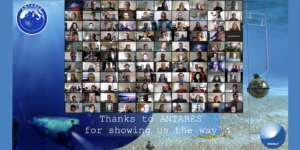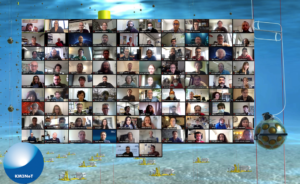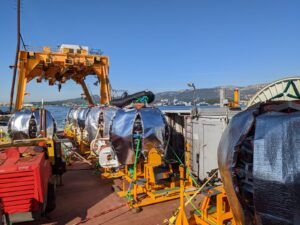KM3NeT at ICHEP 2022
For the first time, the International Conference on High Energy Physics was organized in Italy. This major conference in our field was the opportunity for KM3NeT and ANTARES members to present the latest updates from our experiments.
Some of our collaborators were also involved in the organization of the conference being held in Bologna.
The various talks and posters are available on the website of the conference:
- “Searches for neutrino physics beyond the standard model with KM3NeT/ORCA6” by Víctor Carretero.
- “Neutrinos from core-collapse supernovae at KM3NeT” by Isabel Goos.
- “Search for dark matter signatures in ANTARES neutrino data” by Rebecca Gozzini.
- ”Prospects and recent results from KM3NeT/ARCA” by Piotr Kalaczyński.
- “Atmospheric neutrino oscillation studies with KM3NeT/ORCA” by Valentin Pestel.
- “Highlights from the ANTARES neutrino telescope” by Maurizio Spurio.
- “Multi-Messenger Physics“, by Gwenhael W De Wasseige.
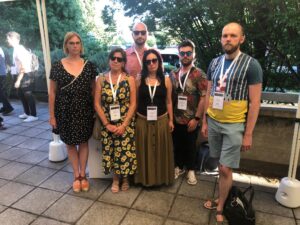
Group picture of some of the KM3NeT members attending ICHEP (showing how seriously they considered this great opportunity!)
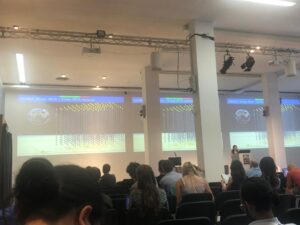
Rebecca Gozzini summarizing the potential of ANTARES and KM3NeT for indirect dark matter searches.
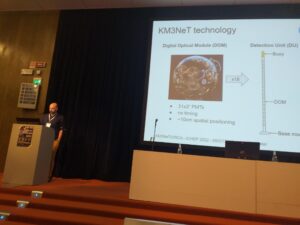
Valentin Pestel describing the KM3NeT sensor technology that allows the collaboration to carry out oscillation neutrino studies.
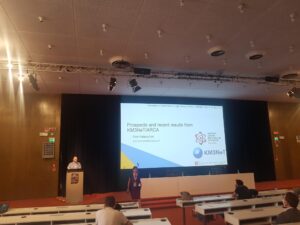
An overview of the recent results of ARCA presented by Piotr Kalczyński.
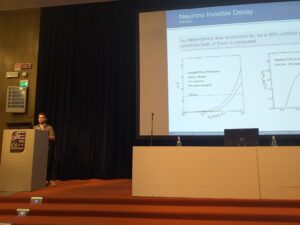
Victor Carretero presenting his work on the search for new physics in the neutrino sector.
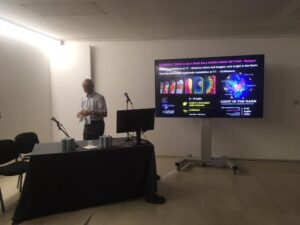
Maurizio Spurio getting ready to present the latest highlights from ANTARES.
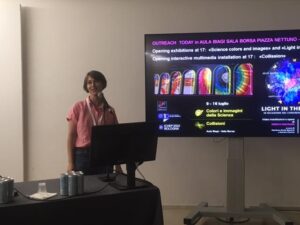
Isabel Goos before presenting the potential of KM3NeT for supernova neutrino searches.
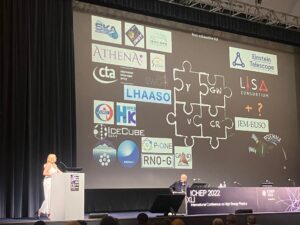
Gwenhael W De Wasseige talking about KM3NeT during her plenary talk on multi-messenger physics.

